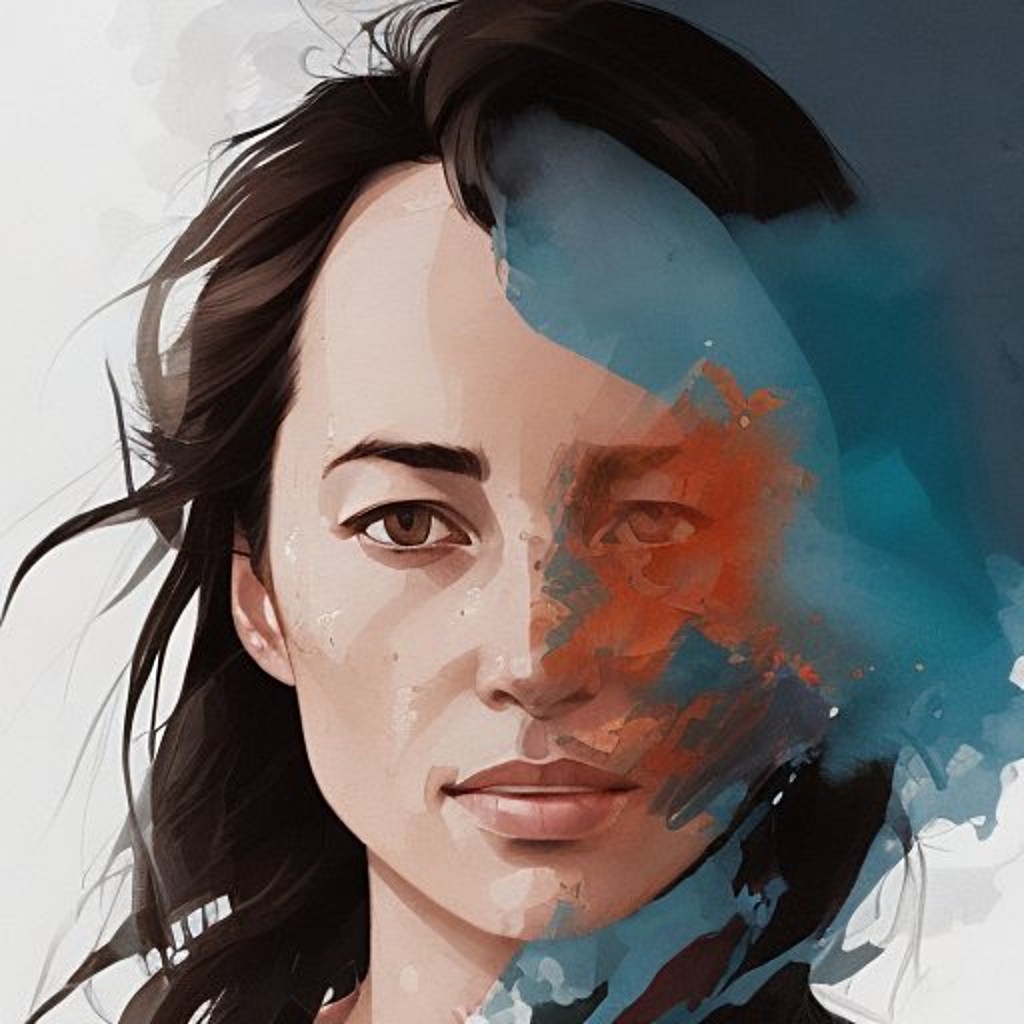Brain2GAN: Feature-disentangled neural encoding and decoding of visual perception in the primate brain
07 May 2024
Thirza Dado, Paolo Papale, Antonio Lozano, Lynn Le, Feng Wang, Marcel van Gerven, Pieter Roelfsema, Yağmur Güçlütürk & Umut Güçlü
Abstract
A challenging goal of neural coding is to characterize the neural representations underlying visual perception. To this end, multi-unit activity (MUA) of macaque visual cortex was recorded in a passive fixation task upon presentation of faces and natural images. We analyzed the relationship between MUA and latent representations of state-of-the-art deep generative models, including the conventional and feature-disentangled representations of generative adversarial networks (GANs) (i.e., z- and w-latents of StyleGAN, respectively) and language-contrastive representations of latent diffusion networks (i.e., CLIP-latents of Stable Diffusion). A mass univariate neural encoding analysis of the latent representations showed that feature-disentangled w representations outperform both z and CLIP representations in explaining neural responses. Further, w-latent features were found to be positioned at the higher end of the complexity gradient which indicates that they capture visual information relevant to high-level neural activity. Subsequently, a multivariate neural decoding analysis of the feature-disentangled representations resulted in state-of-the-art spatiotemporal reconstructions of visual perception. Taken together, our results not only highlight the important role of feature-disentanglement in shaping high-level neural representations underlying visual perception but also serve as an important benchmark for the future of neural coding.
Full paper / GitHub repository / Neural datasets faces & images / Poster
 Test set stimulus (top) reconstruction (bottom) from brain activity.
Test set stimulus (top) reconstruction (bottom) from brain activity.
